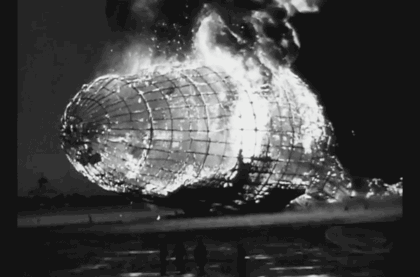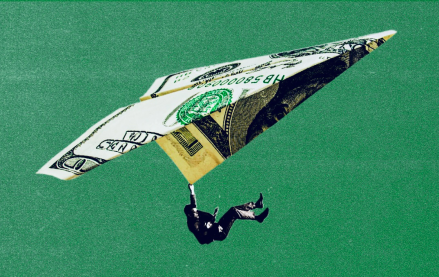Save 50% on a 3-month Digiday+ membership. Ends Dec 5.

Faris Yakob is the co-founder of strategic and innovation consultancy Genius Steals and co-author of Digital State.
In a way, Tim Berners-Lee is to blame.
He invented a system to organize information hypertextually. He also insisted the Web was, and forever will be, free.
So 20 years ago, the banner ad was born as a standardized set of units that surround content. An inaccurate transposition of interruption marketing, which is linear and can, therefore, be interrupted. In order to capture your attention they take over your screen, or you don’t even see them because of banner blindness. Banner advertising paid for the Web. That is a great thing. But banners are broken.
More than 5 trillion banner ads were served in the U.S. in 2012. Because they can be clicked, clicks were measured. 85 percent of all clicks are derived from 8 percent of users. With limitless inventory, the cost per thousand is ever decreasing, despite the bundling of “subprime” impressions via an ever growing set of ad-tech intermediaries, algorithmically arbitraging tiny amounts of attention. Worse, one-third of these impressions are fraudulent anyway. So, in media terms, banners are broken.
I remember judging the One Show Interactive awards. Not a single banner made it through the preliminary rounds. We don’t make ads for awards, but efficacy correlates: (Ads that win awards are 11 times more effective.) Creatively, they are broken.
Online media are trying to wean themselves off click addictions, developing native offerings, to bolster ever declining CPMs. One fifth of users use ad blocking software, costing websites vast sums of money. For publishers, they are broken.
Take a look at one area in which banners seemingly work: retargeting. But consumers hate retargeting because it reminds them they are being watched when they think they are alone. For consumers, they are broken.
Their inventor thinks they suck.
And the future for them doesn’t seem much brighter: How they work on mobile is — not very well. How they work on responsive websites, when they are sold by size, which is a variable on a responsive site is — no idea.
How they impact culture, which is the a brand’s best hope for commercial multipliers is — well, name a banner, any banner at all.
The site has given way to the stream, ironically once again linear, interruptible. No need to surround it with boxes. Instead, advertisements must live in the stream, as units or content, amplified, shared, tailored, addressed. The brokering of digital attention will continue, but the shapes that attention is sold in must, and will, evolve.
More in Media

Marketers move to bring transparency to creator and influencer fees
What was once a direct handoff now threads through a growing constellation of agencies, platforms, networks, ad tech vendors and assorted brokers, each taking something before the creator gets paid.

Inside The Atlantic’s AI bot blocking strategy
The Atlantic’s CEO explains how it evaluates AI crawlers to block those that bring no traffic or subscribers, and to provide deal leverage.

Media Briefing: Tough market, but Q4 lifts publishers’ hopes for 2026
Publishers report stronger-than-expected Q4 ad spending, with many seeing year-over-year gains.





